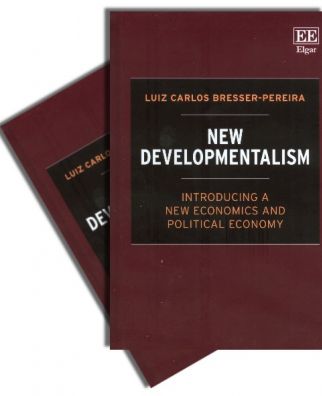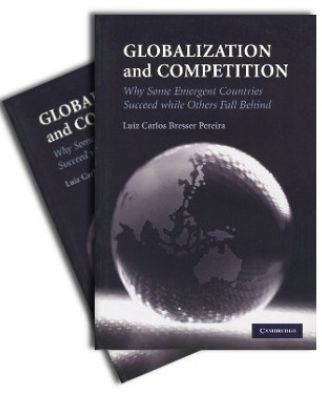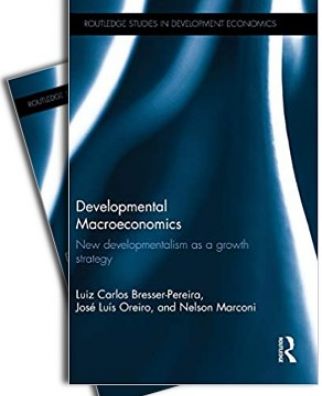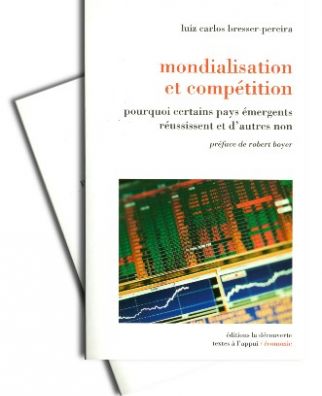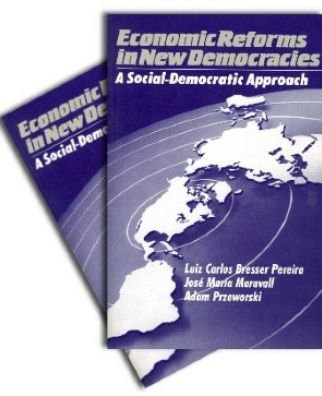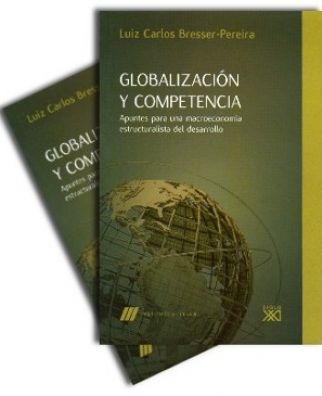Luiz Carlos Bresser-Pereira, Eliane Cristina de Araújo e Samuel Costa Peres
Structural Change and Economic Dynamics, 52 (2020): 294-312.
This paper offers an alternative explanation to the slow-down observed in the growth of developing countries. Instead of a middle-income trap what happened was a liberalization trap. Growth didn't happen because countries turned middle-income, but happened in a given period, around the 1980s, when these countries faced a serious foreign debt crisis and were constrained to open their economies. The studies on the middle-income trap have adopted a broad income interval and were unable to offer new historical facts that explained why these countries stop growing fast. Differently, this paper shows that the trade liberalization and the financial liberalization that started in the 1980s involved the dismantling of the mechanism that neutralized the Dutch disease and the change from low to high interest rates - both facts leading to a long-term or chronic overvaluation of the exchange rate that made the manufacturing industry non-competitive and caused deindustrialization and low growth.








